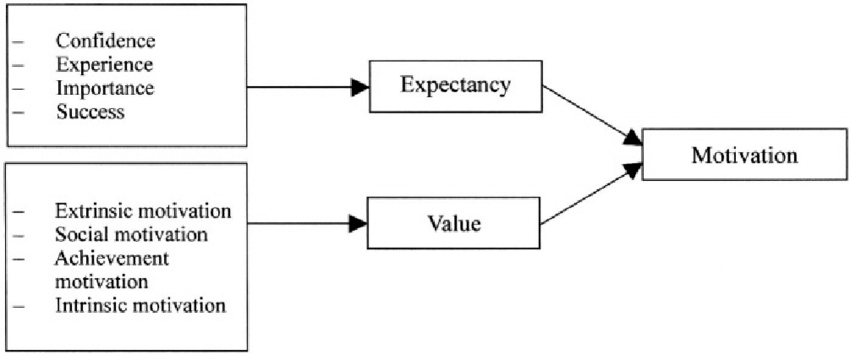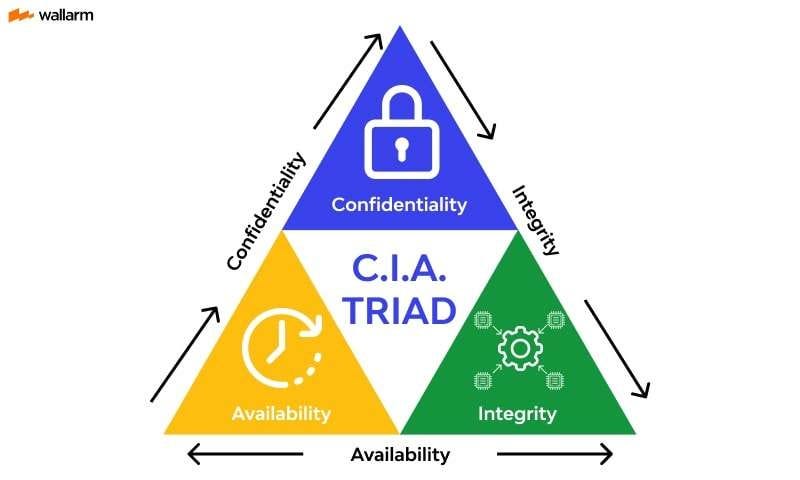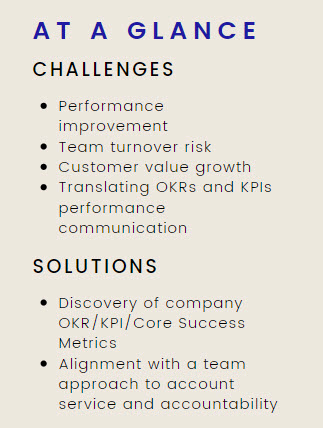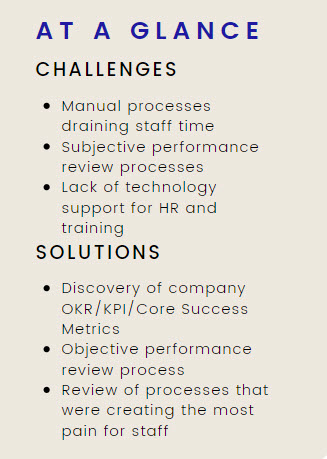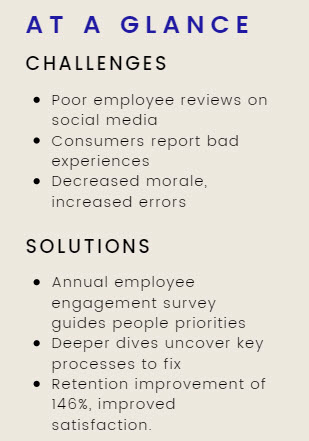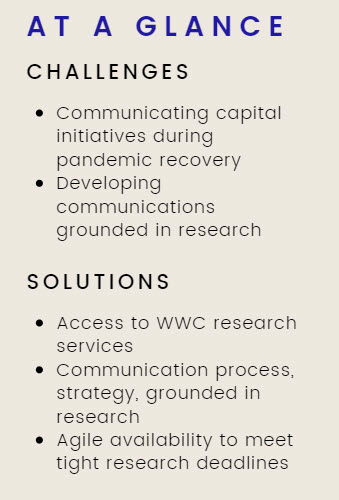In this interview, Darren Prine, Chief Revenue Officer of Cloud Tech Gurus discusses the relaunch of WWC into People Risk Consulting and the importance of adoption risk mitigation up front in the requirements collection process of software or solution selection.
Darren: Can I tell you something? I’m just picking up a great energy vibe from your company rebranding. I see a lot of excitement and positivity in what you’re doing at People Risk Consulting.
Diane: I just feel good and there is, so thank you for that feedback. I started What Works Consultants (WWC) in 2016. It’s been great being this trusted advisor to the C-level, helping them with board communications. But I had this nagging feeling the business wasn’t capturing my “why” as a CEO, you know? And, you know, Simon Sinek says start with why, right?
Darren: Someone else brought up his “Find Your Why” book to me on a call yesterday, and now I’m going to have to read it.
Diane: Oh, yeah, you have to. It’s the purpose-driven energy. That’s what you are experiencing is coming from. And as I proceed in my doctoral studies, which I’ll finish this year, I have just uncovered this passion for use of voice and disclosure.
And what happens, especially linking the purpose of our two companies, is you have solution adoption risk. You have a big adoption risk any time you make technological changes. Adoption risk begins with not doing the proper research on the front-end to determine where the current solution was lacking and how that aligns with what you want to achieve.
You don’t want to get excited about adopting something new and, because you missed the end-user or the CX element, recreate the problem with a different solution. That’s frustrating.
So, it’s a different approach to requirements collection. You want to look at both the power users within the organization and the customer-facing reception and how it impacts the customer experience.
When evaluating, ask yourself…
- What impacts has the current solution had? Positive and negative?
- What pain does the current solution create that you are looking to solve for? If there is no current solution, what are the reasons for seeking a technological solution to a problem?
- How has the people element of change been considered?
- What advocates and resistors exist within the organization?
- How does this transfer into your ability to drive full solution adoption?
You have to ask these questions because, otherwise, people will stay pretty tight-lipped internally if you don’t ask. This lack of inquiry creates a data vacuum that can add risk to a change effort.
I mean how many times have you heard, “we’re just going to stick with the status quo because we don’t want to open that can of worms. It’ll be fine.” It results in a kind of ostrich syndrome. Then, they get surprised when ignorance is anything but bliss from a risk perspective.
Darren: This is a good time to have this discussion. I recently had some issues with Airlines. I had a flight from Costa Rica, coming home from a trip there, and last minute they canceled the flight. There was really no information. I was in a giant line of people at the airport trying to figure out what to do. I then spent six hours in the chat queue, trying to get an agent. During that six hours, I went ahead and just booked another flight with Southwest instead of American to get home. After six hours, finally, they got on the chat. And I told them what was going on and how poorly they handled it. And at least they got them to refund me on the flight. But that’s an awful customer experience. But the part of that which is really sad is that there are so many technologies and solutions available that could have kept my experience from happening.
Diane: And I can also understand and empathize somewhat. It’s not easy when the world is changing all around you. What they are worried about is the AI chat bots creating more liability for them than solving problems. But that’s a garbage in, garbage out kind of problem. And if you are engaged in the adoption of your solution, that’s a risk that can be mitigated.
Darren: American Airlines either doesn’t care or they’re like the ostrich and are happy with the status quo. And from a professional perspective with years in the call center industry, there are things they can do immediately to fix this. They can use Realtime AI agent assist to speed up agent interactions so agents can handle more interactions. They can use AI to automate 30% or more of their voice and digital interactions. We have partners who have thousands of on-demand gig agents trained and skilled who could be utilized during times of high interaction fluctuations. Our partners can fulfill that very quickly to handle surge times and improve customer experience on the fly.
Many organizations don’t know it but – they’re an ostrich. Most of them opt to save the money now not realizing the risk they are opening themselves up to. But it’s not just a risk mitigation play, there’s plenty of reward. Most of them have like a 5x to 10x ROI or more but they’re just not doing it.
And I see it all the time with companies. They will have an AI adoption team meet with consultants like you to look at their the full picture, someone outside the organization who’s agnostic, who’s going to look at the whole landscape of the company. They look at people, processes, leadership, training, how do they create leaders, etc., and map that out so they can understand it. By the end of it, the executives understand the root causes to some of their expenses and problems, customer care calls that could be avoided if they handled something differently or had better self-service, but there’s a resistance there.
Diane: Everyone wants to be the first person to win. No one wants to be the person to publically fail. But failure is a necessary risk of change. Kaizen says experiment fast, fail fast. Rapid prototyping is a core of innovative behavior. And the philosophy behind both is you never really fail, you just learn and innovate. But there’s a fear. And when there’s fear, there’s paralyzed action until its too late and then there’s a crisis. My workbook takes this concept down to an elementary but effective level anyone can understand.
Darren: It’s like there’s a fear and a resignation at the same time. I know my systems. I know my job. It’s not perfect. And ultimately it’s not that bad so I don’t care.
Diane: It’s also about empowerment too, the confidence someone has if they speak up that their voice will be heard and heeded. Inability to create change can be a real demotivator of the most brilliant people. Like this is the way it’s always been, this is the way it always will be. I’ve accepted that.
So they just kind of suck it up and do the day-to-day of job, even though the risk of failure is so much greater with inaction. But the interpersonal risk comes in because in their mind, they say, “you open your mouth you might piss the wrong person off and lose your job.” It’s self-protective.
That’s where that’s where psychological safety comes in. As an executive, you have to set up these structures where people can speak up. Otherwise, you’ve got your company or department set up like a horse with blinders on. You don’t get suprised by external circumstances. You blindside yourself in a way. And this chaos that comes from silence and avoidance could literally bring your company down. Southwest really got hit hard. I was part of that. Actually I was traveling with them during that time. They gave me a 25,000 air miles, an apology and a refund. I was fortunate to be in driving distance from where I was going, from Reno, Nevada to Scottsdale, Arizona. So, I just hopped in the car and just drove myself in my own car. But a lot of people aren’t that fortunate.
When that whole story broke, it was like, “their systems are how old? Their training process is what?” And then it became known it was always this project or that pushed in front of updated booking and call center systems. And ultimately, it required a crisis moment to make a choice.
You can see the tsunami, you can see the water pulling back from the shore. You don’t have to wait until people are drowning to take action. That’s why I tell our clients: Are you ready to take the RED PILL, Matrix-style? Because we can assess all day long, but a company has to be willing to say yes. We will invest today to avoid drowning in the flood tomorrow.
Darren: I think what you’re saying is so important.
Diane: I am really passionate about activating the voice of the organization (VoO) and the voice of the customer (VoC) and unifying them to create meaningful organizational change.
People Risk Consulting (PRC) is a human capital risk management and change management consulting firm located in San Antonio, Texas. PRC helps leaders in service-focused industries mitigate people risk by conducting third-party people-centric risk analysis and employee needs assessments. PRC analyzes and uses this data alongside best practice to make strategic recommendations to address organizational problems related to change and employee risk. The firm walks alongside leaders to develop risk plans, change plans, and strategic plans to drive the human element of continuous improvement. PRC provides technical assistance, education, training, and trusted partner resources to aid with execution. PRC is a strategic partner of TriNet, Marsh McClennan Agency, Cloud Tech Gurus, Predictive Index, and Motivosity.

